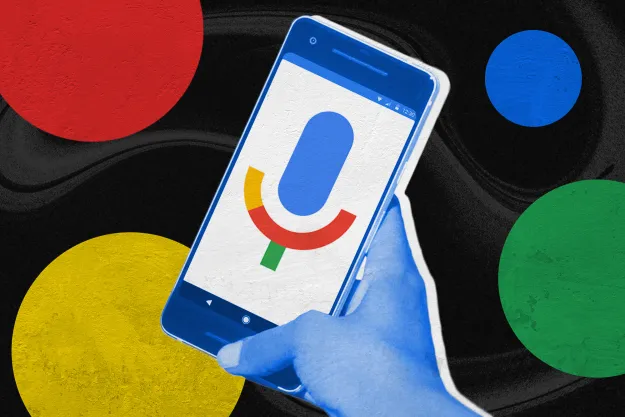Google Pay is one of the most popular mobile payment apps around, used by more than 150 million people in 30 countries every month. Launched in 2018, Google Pay merged two other popular payment apps, Android Pay and Google Wallet, bringing the functionality of both apps into one handy new app that allowed you to pay for stuff as well as make peer-to-peer payments.
On April 5, the old Google Pay app ceased functioning for users in the U.S. and has been replaced by the new app. If you’re confused, you’re not alone. Perhaps you’re wondering how to get the new app and what features it offers, or even why you need to switch? Keep reading and we’ll answer all your questions.
What features does the new Google Pay app have?
The new Google Pay app focuses on the businesses and people you interact with most in a more social, modern style — although the general feedback so far has been that the new style feels somewhat disorganized. Rather than acting as a simple replacement for your credit card or a means to send payments to other people, the new Google Pay aims to be a one-stop shop for all your financial transactions, even your bank account.
In the new app, peer-to-peer payments are arranged like conversations, and you can view an A.I.-powered analysis of your payments and spending over time. The app lets you quickly access the companies you interact with most often, pull receipts from Photos and Gmail, and even order food directly from your favorite restaurants. You can still tap to pay in physical stores, but the app’s emphasis is on peer-to-peer payments. There have been some concerns expressed over the new fees applied to transactions, but it’s not clear whether these will be a permanent feature.
Later this year, Google plans to launch Plex accounts in partnership with 11 banks. If you decide to open one of these accounts, your account will still be owned and managed by your bank, but you’ll use the Google Pay app as your main way of managing your account and making payments. On all these accounts there will be no minimum balance requirements, overdrafts, or account fees, and you’ll be able to access A.I.-powered insights to help you save money — good news if you’re looking to be more finance-savvy this year.
You can read more about some of the new Google Pay’s features here.
Why you need to switch
The old Google Pay app ceased functioning for users in the U.S. on April 5, so if you’re still using it, you won’t be able to make peer-to-peer payments, view your transaction history, or access your balance. You’ll still be able to use the old app to make payments in stores, but switching to the new app as soon as possible makes sense.
If you’re outside the U.S., you don’t need to do anything right now. Once the app is established in the U.S., it will be gradually rolled out to other regions.
It’s also worth mentioning here that the Google Pay terms of service are being updated. The minimum age for Google Pay users is changing from 16 to 18 years of age, so if you’re under 18, you won’t be able to use the new app.
How to make the switch to the new Google Pay app
It’s simple to switch to the new Google Pay. Your Google Pay app won’t be updated automatically, so you’ll need to download the new Google Pay app for free from the Google Play store and sign in. Your account should be migrated to the new app automatically, and your balance should also be transferred. Bear in mind that you can only install and enable the new app on one device at a time.
If you experience any issues migrating your account — or if your balance doesn’t transfer — you can contact Google Support.
Editors' Recommendations
- A new Google Pixel Tablet is coming, but it’s not what you think
- Google just released the first Android 15 beta. Here’s what’s new
- Can you take a picture of the solar eclipse with your phone? Here’s how to do it
- Here’s how you can try new Oura Ring features before anyone else
- Have one of these Google Pixel phones? You’re getting Circle to Search


